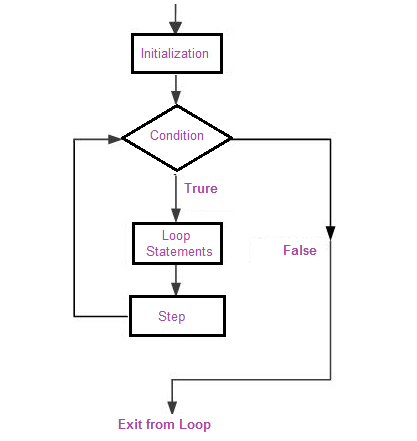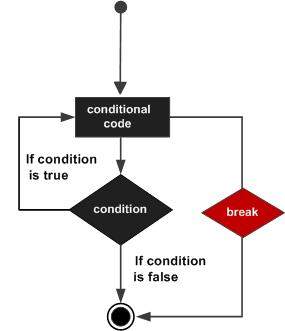
Below I’ll simulate five values from a normal distribution with a mean of 0 and a standard deviation of 1 (which are the defaults for mean and sd arguments, respectively). Let’s say I wanted to simulate some values from a normal distribution, which I can do using the rnorm() function. Use simplify = FALSE to get vectors saved into a list instead of in an array.

Those are primary parts of the simulations I do. Notice the documentation mentions repeated evaluations and that the use of replicate() involves random number generation. Replicate is a wrapper for the common use of sapply for repeated evaluation of an expression (which will usually involve random number generation). In R, the syntax is as follows: for(index in set_of_conditions) # Now T_Celsius will not be attempted Finally, I will provide some practice problems and additional resources for using loops in programming.ĭifferent languages have differ syntaxes for writing for loops. I will then do the same with while loops. In the next section, I will therefore start with some key examples to show how for loops can be used in R. Seeing examples of loops in practice will make it clear how they work and when to use them. It is not important to completely understand the two definitions above before getting started, just as it is not important to understand a verbal definition of ‘multiplication’ before learning to multiply two numbers.

A for loop iterates a set of instructions for a predetermined set of conditions (i.e., when you know how many times you need to iterate the same set of instructions).
#FOR LOOP IN R EXAMPLE HOW TO#
In the long term, this will likely save time in the short term, it creates an opportunity to develop and practice coding skills.īelow I will demonstrate how to use for loops and while loops.

#FOR LOOP IN R EXAMPLE CODE#
In many situations, the ability to use loops to repeat tasks will make it possible to quickly and confidently develop reproducible code in data analysis. Nevertheless, unique data sets and models often require unique code, so base and package functions cannot always be found to do custom tasks. Hence, successful data analysis in R can often just be a matter of finding and using an appropriate and reliable package for a given task. Tens of thousands of downloadable packages (code, data, and documentation bundled together, written by and for R users) are available in R, most of which include their own functions that can perform specific tasks required in scientific research (e.g., vegan, dplyr, and shiny). The R programming language includes many base level functions to perform tasks that would otherwise require loops (e.g., functions such as apply and tapply, which effectively repeat a set of instructions to summarise values in an array). Here I will introduce the key concepts of programming with loops, with particular emphasis on getting started with some practical uses of loops in the R programming language for scientific researchers. Hence, the use of for loops and while loops are fundamental for writing and running code efficiently (note that other types of loops also exist, but I will not focus on them now). Loops make it possible to repeat a set of instructions (i.e., code) for a particular set of conditions (e.g., for a range of numbers from 1 to 1000), or while a set of conditions still applies (e.g., while a value is still greater than zero).

Being able to use loops is a critical skill in programming and working with large arrays of data.


 0 kommentar(er)
0 kommentar(er)
